We Need to See More Parents Having Abortions in Film and Television
Parents are the most common abortion patients yet storylines about the medical choice almost always revolve around single teens.
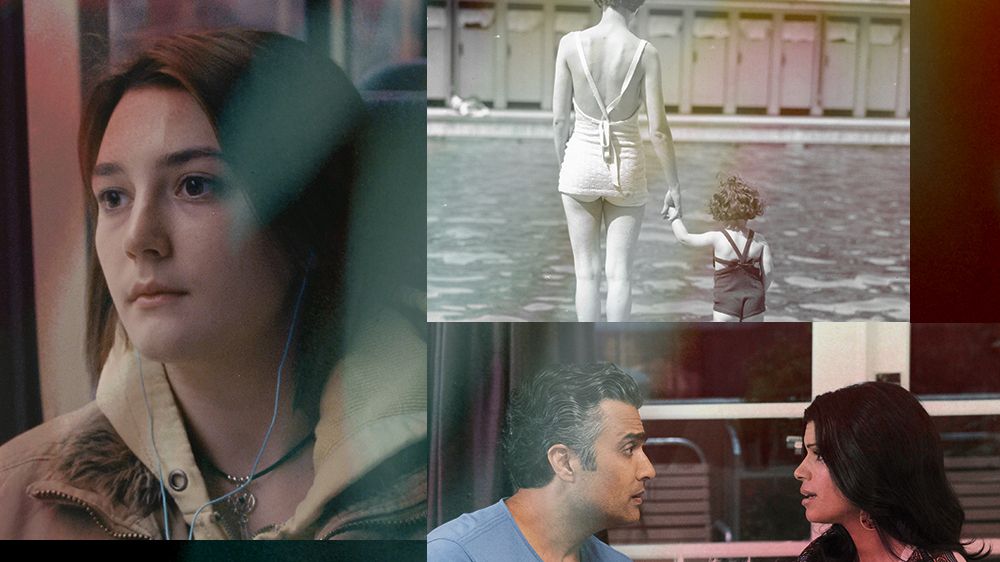
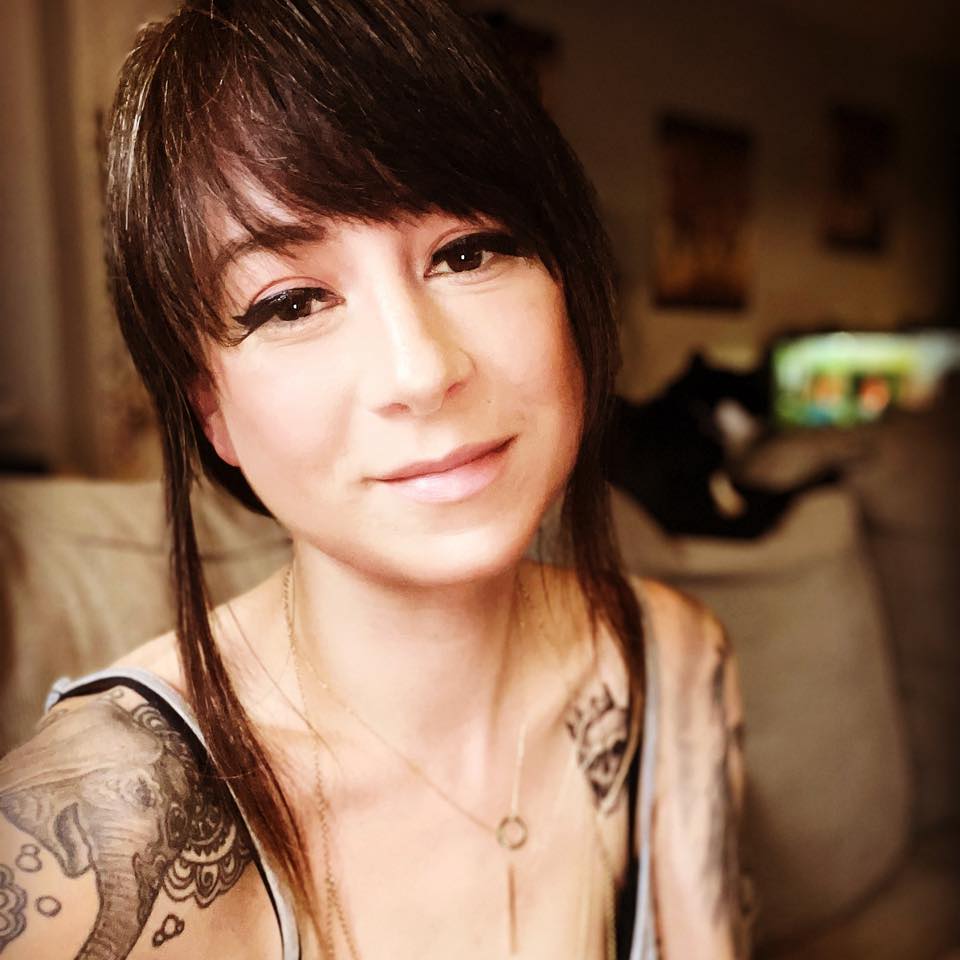
Kay Winston was just two months postpartum when she found out she was pregnant again. After discussing the unexpected pregnancy and her options with her fiancé, Winston decided to have an abortion. “It was the very first abortion that I had, and I had a perspective that was very blind,” the 27-year-old from Texas tells Marie Claire. “I was just going off what I knew, what people told me, [and] what I did and didn’t see on television. And I was scared.”
Countless studies have highlighted the importance of representation in the media, be it race, gender, relationships, body size and shape, mental health, or disability status. The same is true of abortion—a safe medical procedure one in four women (as well as trans men and non-binary people) will have by the time they’re 45. But accurate depictions of the most common abortion patients, parents, is still severely lacking—to the detriment of mothers like Winston and the abortion providers who care for them.
“One of the main ways that people learn about information and experiences is through television and film, particularly when it comes to sex and healthcare, given that we don’t have a nationwide comprehensive sexual health education program,” says Renee Bracey Sherman, executive director of We Testify, an organization dedicated to increasing the representation and visibility of people who have abortions. “The majority of people who have abortions are already parenting, but on television and film, it's nearly always someone young, white, and wealthy who is trying to avoid parenting. But that’s a very small minority of people who have abortions. This fails those of us who have abortions because it doesn’t allow for audiences to stretch their imaginations, empathize with our fictionalized experiences, and learn something outside of the same stereotypical narrative.”
A December 2020 study about abortion representation onscreen, published by Advancing New Standards in Reproductive Health (ANSIRH), shows an overall decrease in abortion plotlines on television. In 2019, 43 television shows featured an abortion storyline. In 2020, only 31 shows featured a character who underwent the procedure. In film, on the other hand, there was a large increase in the number of abortion depictions: 12 in 2020, compared to just three in 2019. Still, the significant increase in depictions of abortion in films has done nothing to remedy the discrepancies between the fictional characters who have abortions and real patients who seek out the services. In 2020, of the characters who did have abortions on film, 73 percent were white, one-third were teenagers, and not a single one was a parent. In television, only one abortion “storyline” featured someone who was a parent at the time of their abortion—and it wasn’t even a “character” but rather an actual person featured in the MTV reality show, Teen Mom 2. (A particularly telling example of Hollywood's overall disconnect when it comes to representing real women.)
“Because there are also shockingly few depictions of parents, particularly parents of color, having abortions, it reinforces this false dichotomy between people who have abortions and people who have children,” adds Steph Herold, a researcher in the Abortion Onscreen program at ANSIRH. “We know the reality is that they're the same person at different points in their lives.”
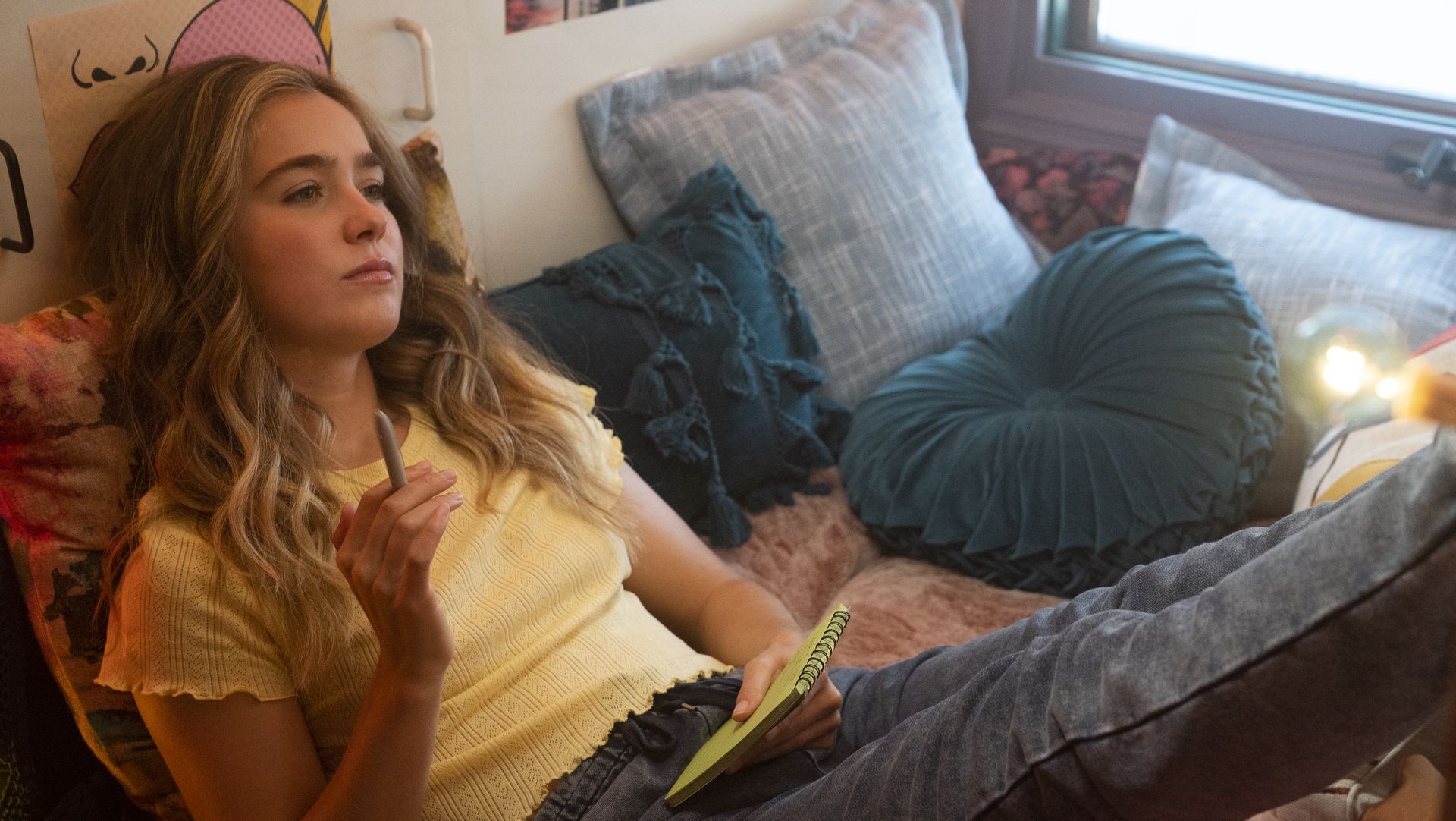
Haley Lu Richardson as Veronica Clarke in HBO’s Unpregnant, a 2020 film about two teens who take a road trip to seek out an abortion.
Erika Christensen, a mom and patient advocate for those seeking abortions that occur later in pregnancy, tells Marie Claire that because her own abortion in the third trimester was such an outlier, she finds any representation at all meaningful because it shows how “ordinary” it can all be.
The limited depictions of moms having abortions, such as those in Jane the Virgin and Crazy Ex-Girlfriend, which showed mothers in their 40s concluding that abortion was right for both themselves and their families, have felt important to Christensen. “[These moms] make those decisions as experts in their own lives. They don’t have to guess, they know how much time raising a child requires, even under the best of circumstances,” she explains. “That is great to see since society is so uncomfortable with any portrayal of motherhood that doesn’t center martyrdom.”
Stay In The Know
Get exclusive access to fashion and beauty trends, hot-off-the-press celebrity news, and more.
Contrary to the efforts of the anti-choice movement, the majority of Americans support access to safe and legal abortions, including one-third of registered Republican voters. Still, anti-choice vitriol is rife, and the movement was emboldened by the Trump administration. In 2017, death threats and other intimidation tactics meant to deter people from entering clinics that provide abortion services nearly doubled. In the same year, instances of trespassing at clinics tripled.
These harrowing stats are yet another reason why accurate representation in media of people who have abortions, primarily Black parents and parents of color, is so vital. “The danger of a single narrative allows people to demonize that one idea of people rather than recognizing that there are many different reasons why many different people have abortions and the need to build empathy to create change,” Bracey Sherman says. “Storytelling of every kind allows people to feel freer in sharing their own experiences and brings all of us closer together as we learn about the deeper nuances and complexities of our lives and the decisions we make. When we’re able to see our real experiences reflected on television and film, it gives us the confidence to speak out and feel assertive in our decisions. It helps people to realize that they, too, love someone who had an abortion.”
For Merritt Tierce, a television writer and showrunner, the power of abortion storytelling is both professional and personal. Before her work on Orange Is the New Black—which has openly discussed and included abortion storylines throughout the show’s seven seasons—Tierce worked with the Texas Equal Access Fund, an abortion fund in Dallas, for 10 years.
It reinforces this false dichotomy between people who have abortions and people who have children.
Tierce says it’s difficult to successfully include an abortion storyline in a show or film, especially in a way that is authentic, because most abortions are, for lack of a better word, boring. Television shows and movies depend on drama and conflict; the reality of abortion care is that most people are not conflicted about their decision and the procedure, be it a surgical abortion or a medication abortion, is incredibly safe and quick.
“Yes, of course, the unplanned pregnancy is often something that will dominate your life for various reasons for a certain period of time, but it lands in the middle of the rest of your life,” she explains. Even if a showrunner, creator, or writer is successful in placing an abortion within a storyline or plot, it can actually cause more harm than good: depicting a wrought decision could be misleading when studies have shown most people are certain of their choice, and five years after their abortions 95 percent of patients say it was the right decision for them.
Instead of making abortion the crux of the plot, Tierce, who is currently working on a scripted television show that takes place in a clinic that provides abortion, is hoping to normalize abortion as just another choice in a wide range of decisions people make throughout their lives. And for characters who have kids, she wants to frame abortion as what it really is: a parenting decision.
“I think the most radical reconception that needs to happen with respect to abortion, especially parenting people who have abortions, is for people to realize that it can be a serious act of love to have an abortion,” she says. “And for people who have kids, that is the number one decision-making factor. If they feel like they can’t handle another child, what’s driving that decision is the desire to give the children they already have the best possible life.”
Studies have shown that when parents are denied abortion care, their children are more likely to live below the poverty level or live in a home without enough money to pay for food, housing, and transportation. Studies have also shown that the states with the most restrictive abortion legislation have the worst maternal and infant mortality rates. Simply put, limiting or otherwise trying to stifle access to safe, legal abortion services not only harms pregnant people but also the children they’re already caring for.
“It’s about choosing when to become a parent and having control over that decision,” Winston says. “And I think it’s important for people to know that I’m getting married, that I do have a spouse. I do have a little bit of support, and still, together [my fiancé] and I feel like [my abortion] was the right decision. So I do think it’s extremely important for people to know that we are the most common person who has abortions because we already know what it’s like to be a parent.”
RELATED STORIES



Danielle Campoamor is Marie Claire's weekend editor covering all things news, celebrity, politics, culture, live events, and more. In addition, she is an award-winning freelance writer and former NBC journalist with over a decade of digital media experience covering mental health, reproductive justice, abortion access, maternal mortality, gun violence, climate change, politics, celebrity news, culture, online trends, wellness, gender-based violence and other feminist issues. You can find her work in The New York Times, Washington Post, TIME, New York Magazine, CNN, MSNBC, NBC, TODAY, Vogue, Vanity Fair, Harper's Bazaar, Marie Claire, InStyle, Playboy, Teen Vogue, Glamour, The Daily Beast, Mother Jones, Prism, Newsweek, Slate, HuffPost and more. She currently lives in Brooklyn, New York with her husband and their two feral sons. When she is not writing, editing or doom scrolling she enjoys reading, cooking, debating current events and politics, traveling to Seattle to see her dear friends and losing Pokémon battles against her ruthless offspring. You can find her on X, Instagram, Threads, Facebook and all the places.
-
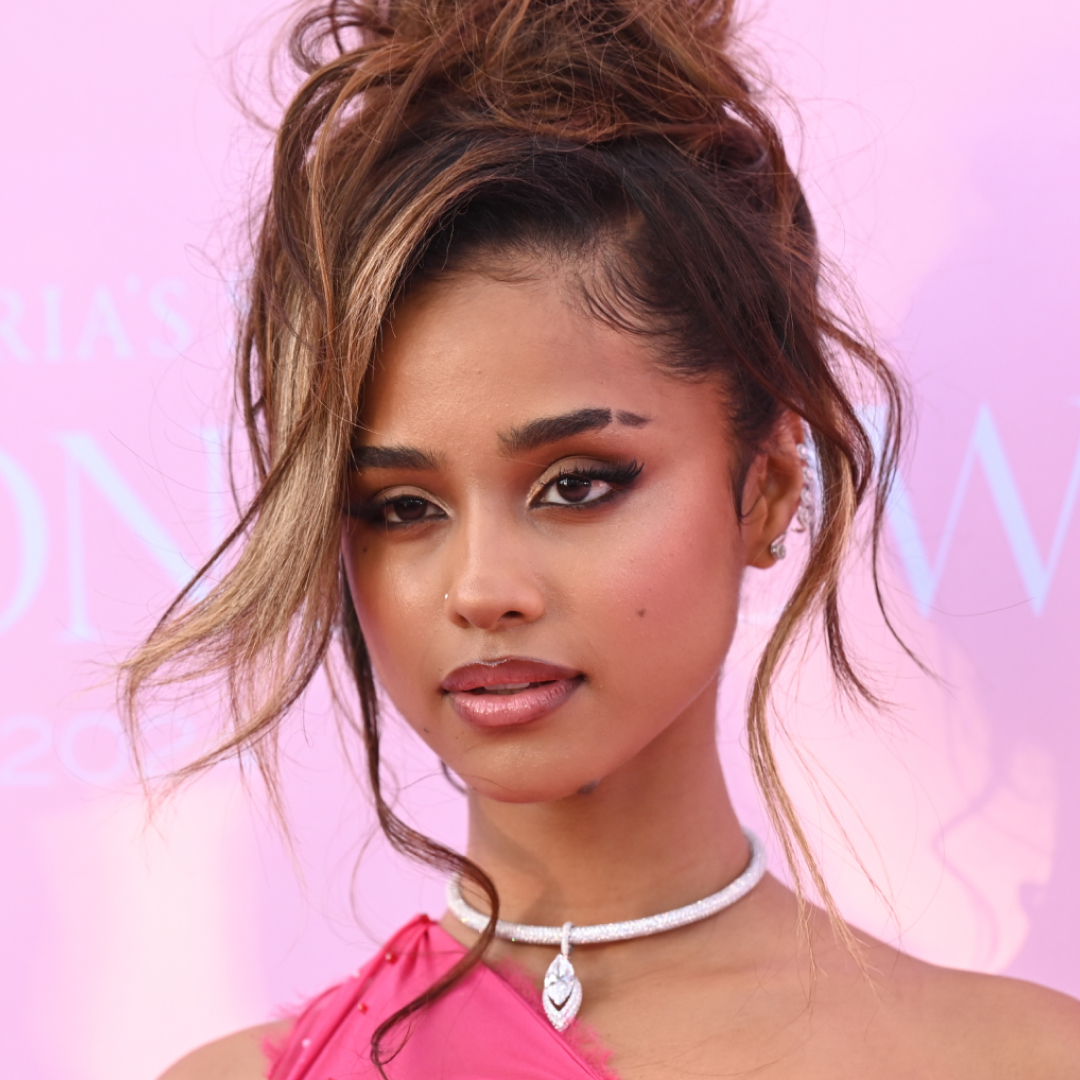 Tyla's Coachella Outfit Pairs Dolce & Gabbana With Pandora
Tyla's Coachella Outfit Pairs Dolce & Gabbana With PandoraThe singer wore a gold version of the crystal bra made famous by Aaliyah.
By Amy Mackelden Published
-
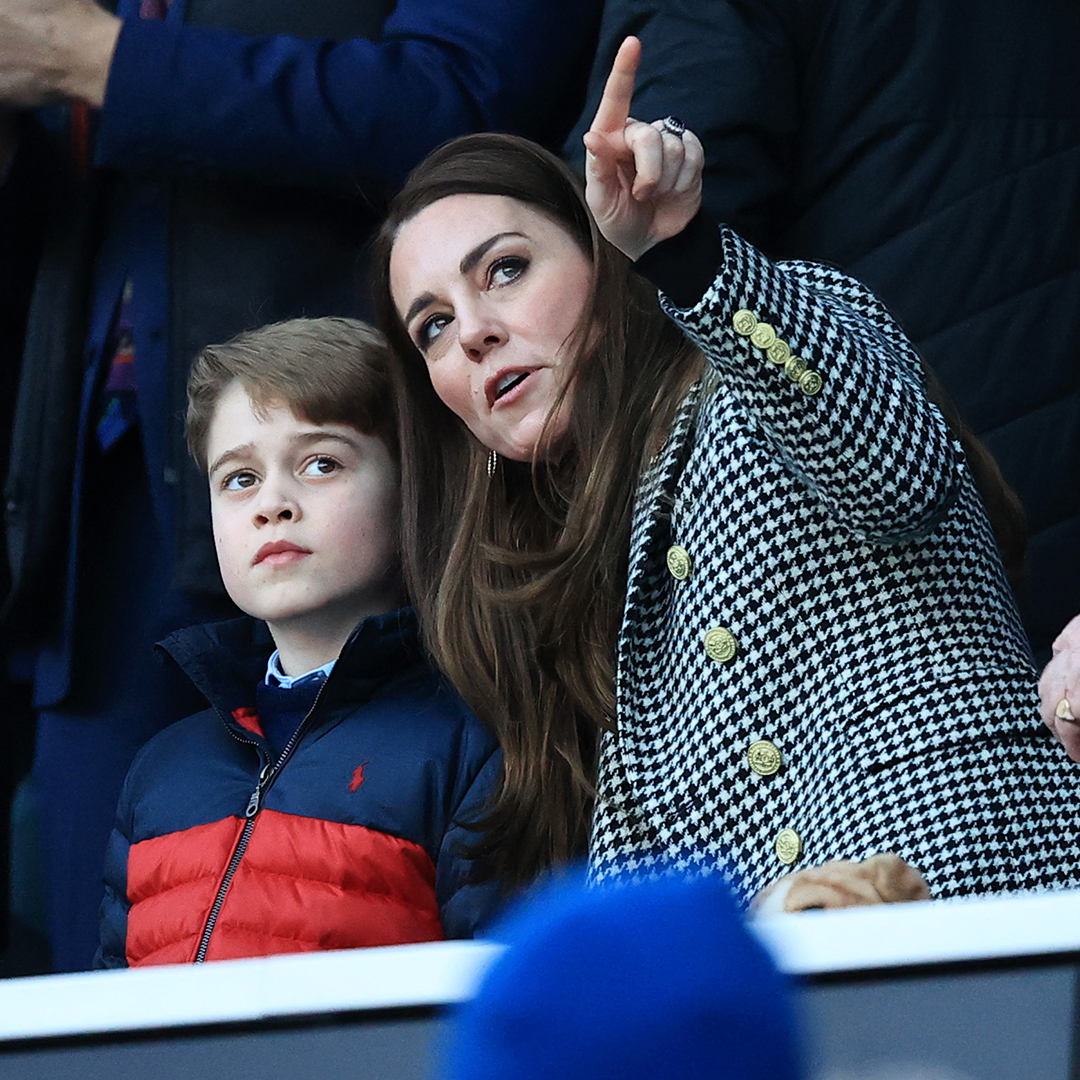 How Kate Middleton Is Influencing George's Fashion Choices
How Kate Middleton Is Influencing George's Fashion ChoicesThe future king's smart blazer is straight out of Princess Kate's style playbook.
By Amy Mackelden Published
-
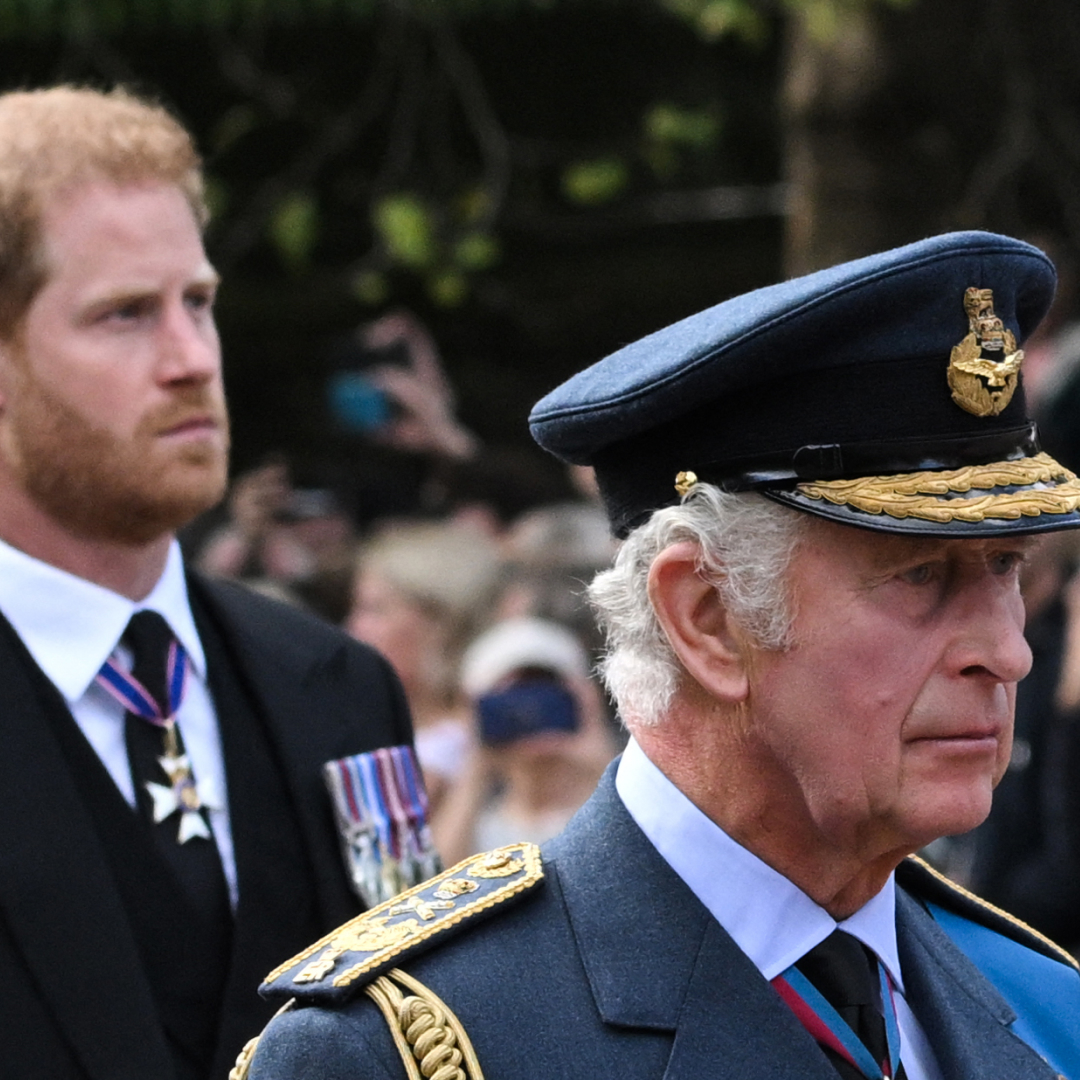 King Charles "Couldn't" Meet Prince Harry During U.K. Visit
King Charles "Couldn't" Meet Prince Harry During U.K. Visit"It could actually bring down a court case."
By Amy Mackelden Published
-
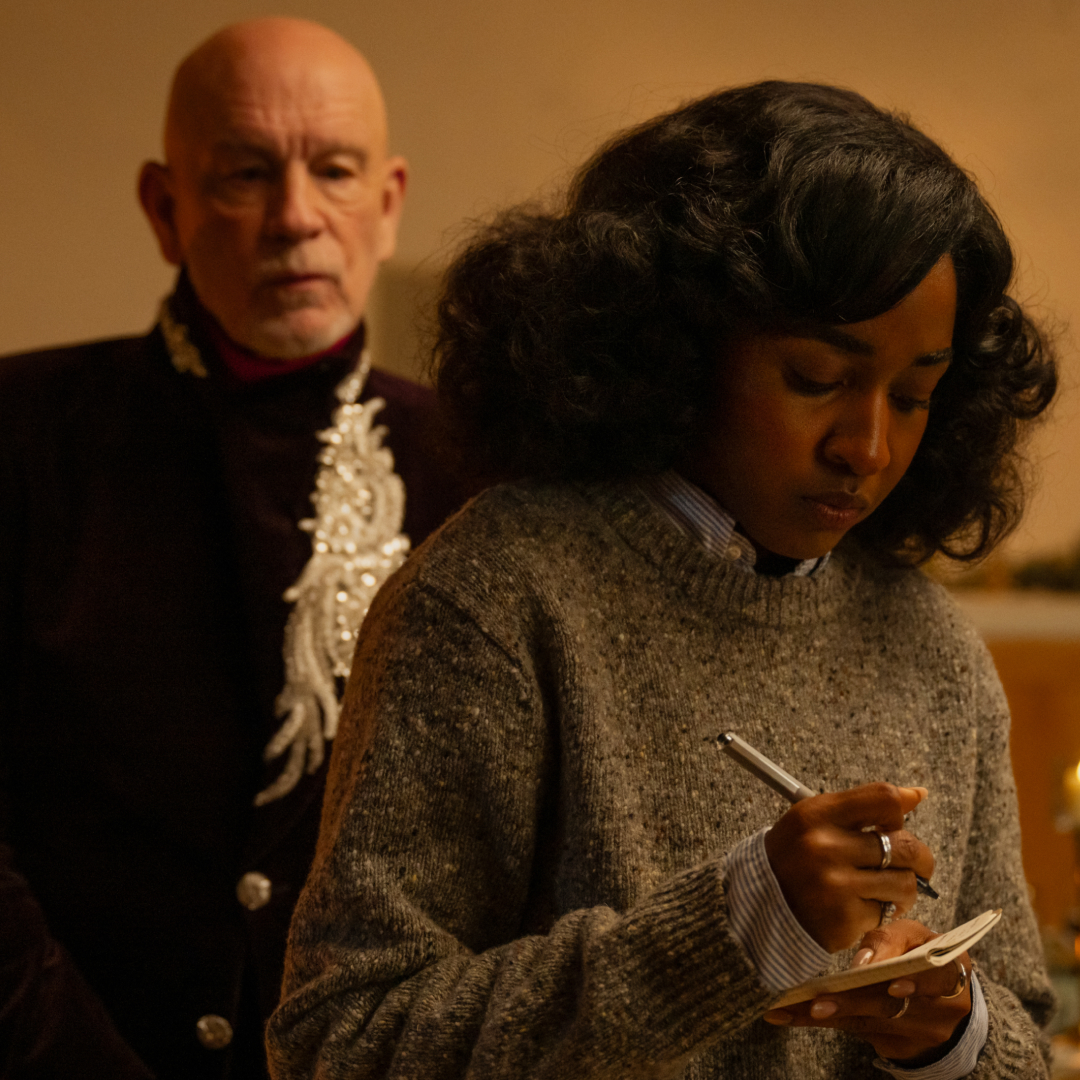 In 'Opus,' Cult Leaders and Pop Stars Are One in the Same
In 'Opus,' Cult Leaders and Pop Stars Are One in the SameThe A24 film's costume and production designers open up about crafting fictional pop icon Moretti’s style and mysterious estate.
By Sadie Bell Published
-
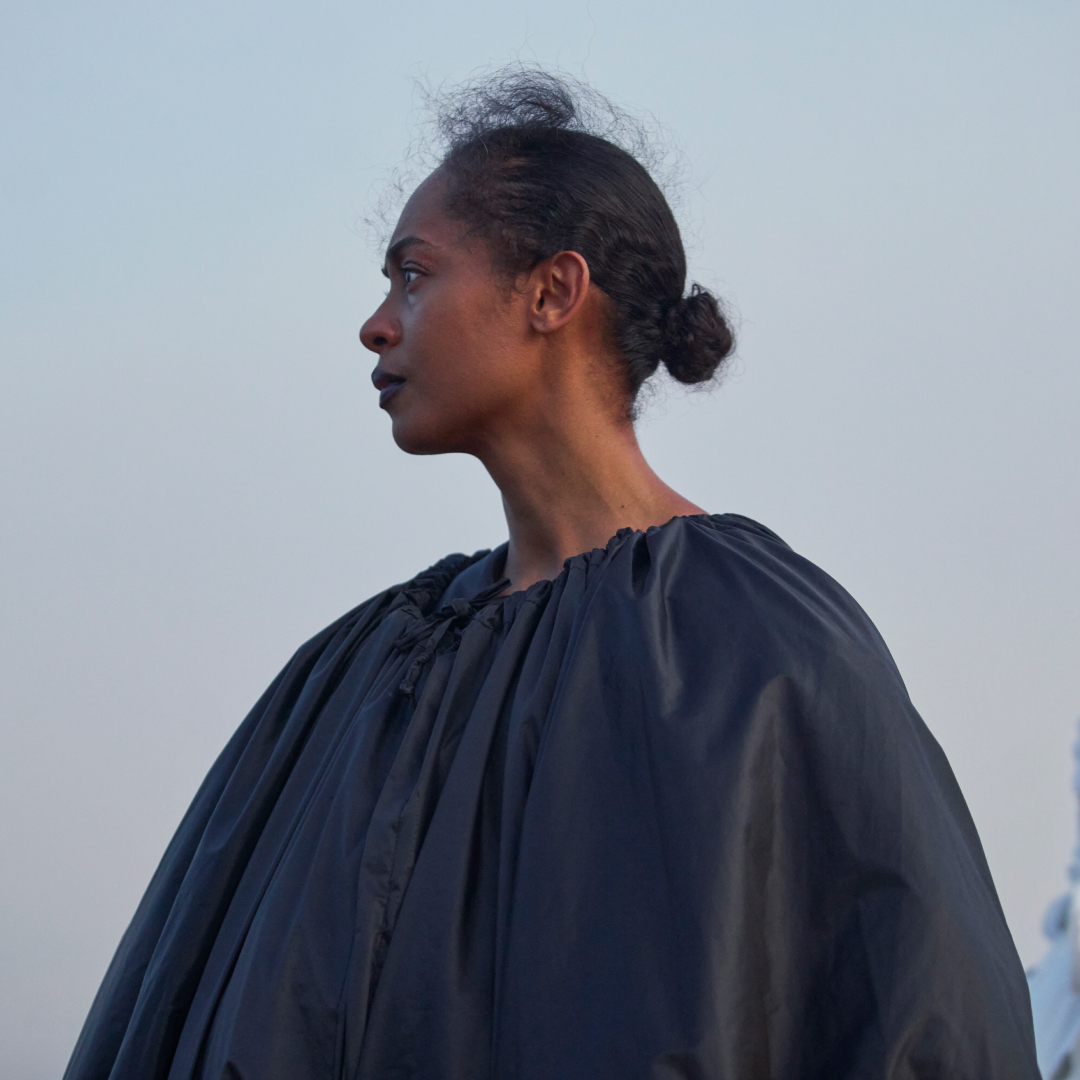 'On Becoming a Guinea Fowl' Is a Revolutionary Call to Speak Up Against Female Abuse
'On Becoming a Guinea Fowl' Is a Revolutionary Call to Speak Up Against Female AbuseAfter showing how a culture of silence around abuse can devastate entire generations, the arresting A24 film holds a mirror up to the audience and asks, \201cWhat happens if we scream?\201d
By Quinci LeGardye Published
-
 'Anora' Star Mikey Madison Takes Home the Best Actress Award at the 2025 Oscars in a Surprise Win
'Anora' Star Mikey Madison Takes Home the Best Actress Award at the 2025 Oscars in a Surprise Win"I will continue to support and be an ally."
By Quinci LeGardye Published
-
 Zoe Saldaña Becomes the First American of Dominican Origin to Win an Oscar
Zoe Saldaña Becomes the First American of Dominican Origin to Win an Oscar"I am the first American of Dominican origin to accept an Academy Award and I know I will not be the last."
By Quinci LeGardye Published
-
 LISA, Doja Cat, and Raye Perform a Glamorous 'James Bond' Tribute at the 2025 Oscars
LISA, Doja Cat, and Raye Perform a Glamorous 'James Bond' Tribute at the 2025 OscarsThe Academy Awards are for the pop girls, actually.
By Quinci LeGardye Published
-
 Ariana Grande and Cynthia Erivo Open the 2025 Oscars With a Showstopping 'Wicked' Performance
Ariana Grande and Cynthia Erivo Open the 2025 Oscars With a Showstopping 'Wicked' PerformanceThe awards show began with a medley of songs inspired by the Best Picture-nominated film and adaptations of 'The Wizard of Oz.'
By Quinci LeGardye Published
-
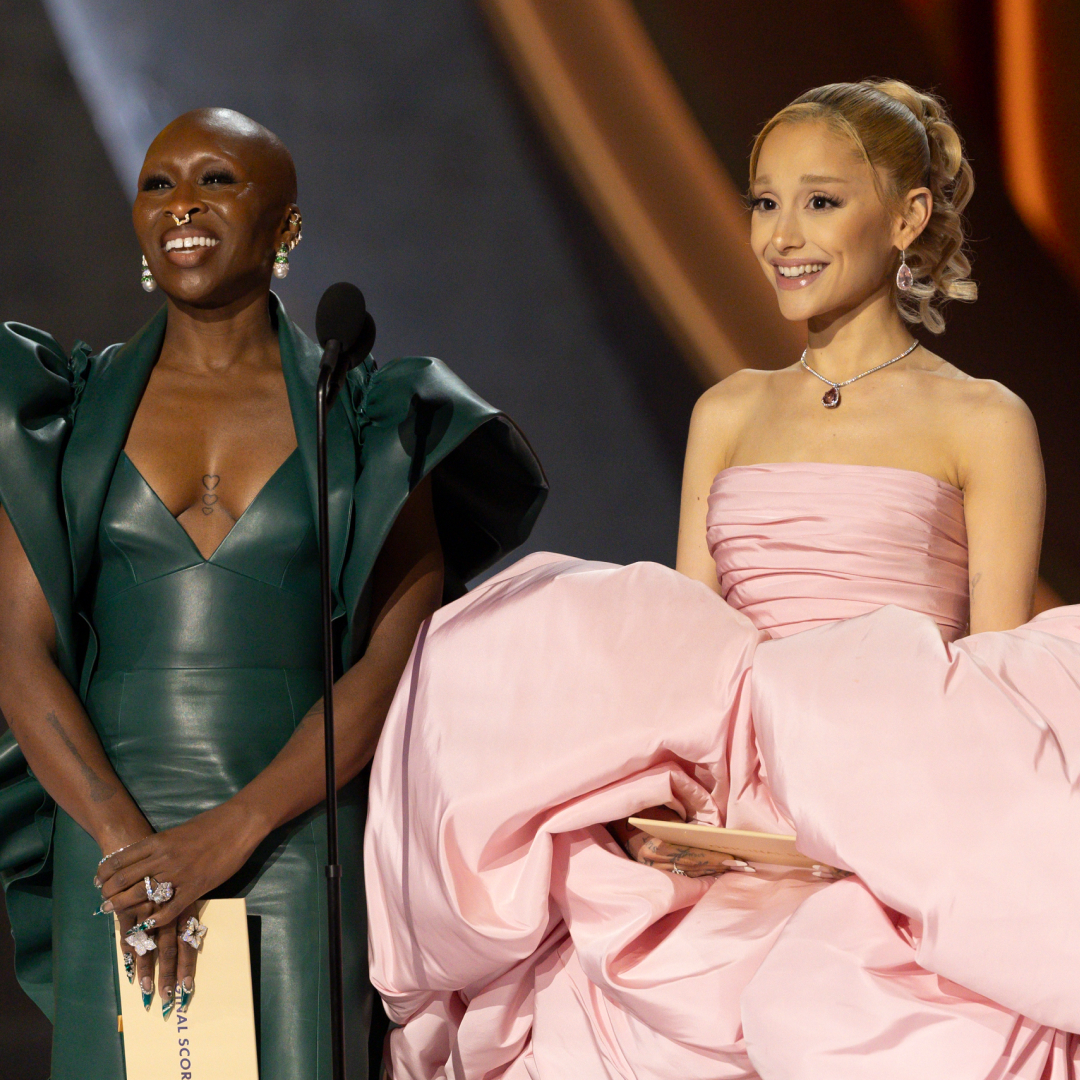 Everything to Know About the 2025 Oscars, From How to Watch to the Nominations
Everything to Know About the 2025 Oscars, From How to Watch to the NominationsIt's bound to be an unpredictable awards show.
By Quinci LeGardye Last updated
-
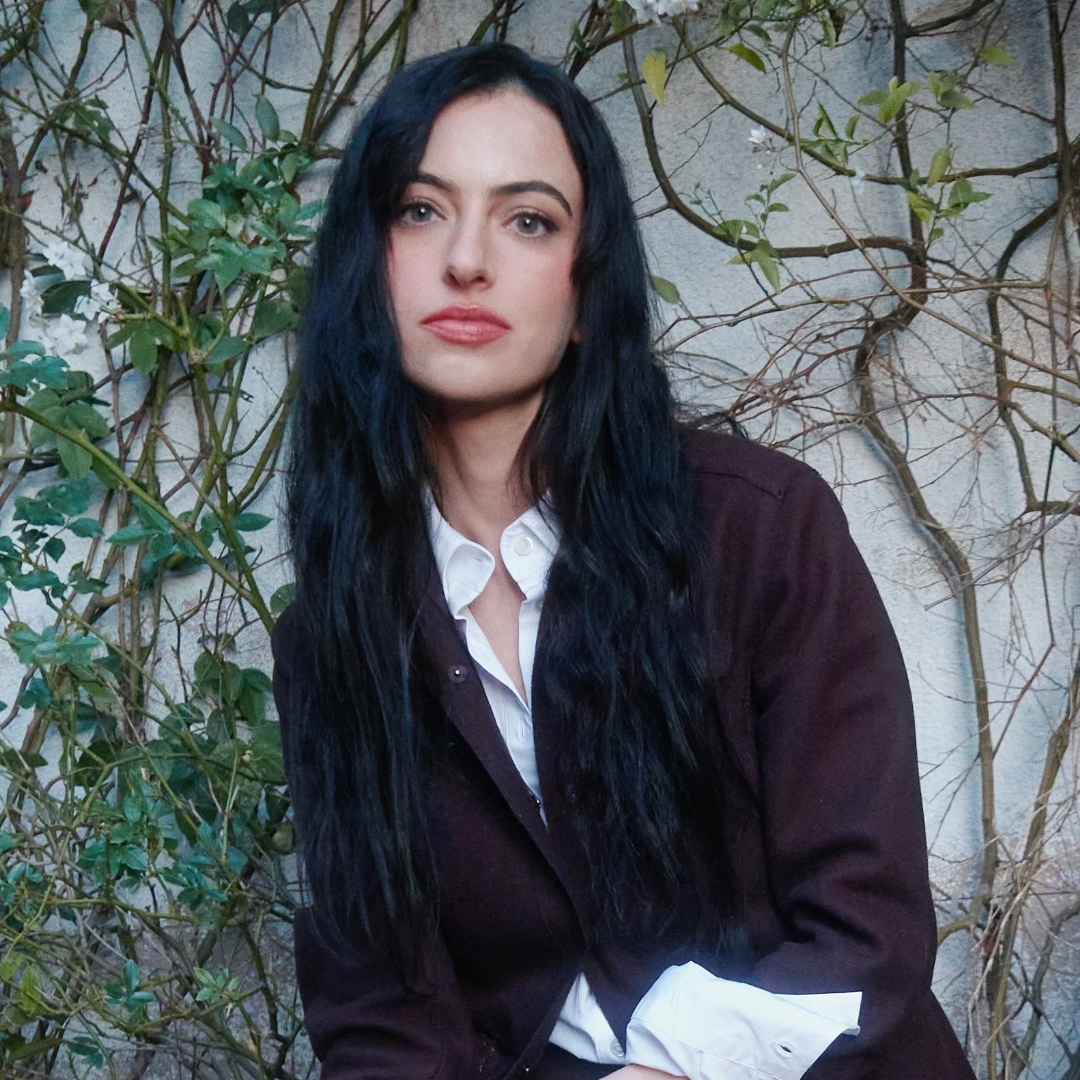 Cazzie David Spent Five Years Fighting to Make an "Anti-Rom-Com" About Emotional Abuse
Cazzie David Spent Five Years Fighting to Make an "Anti-Rom-Com" About Emotional AbuseThe writer/actress opens up about how she found catharsis after a breakup by making 'I Love You Forever.'
By Sadie Bell Published